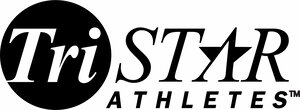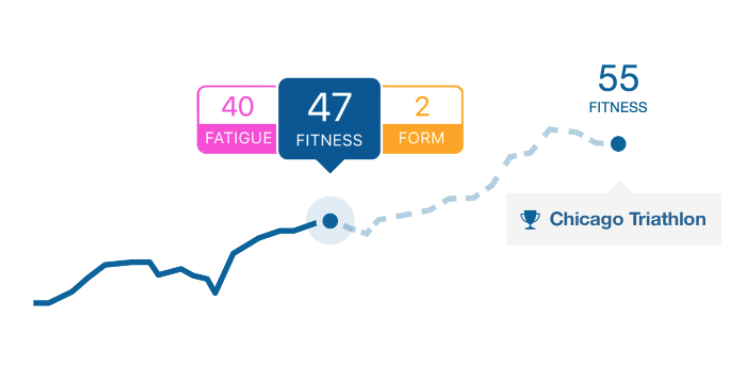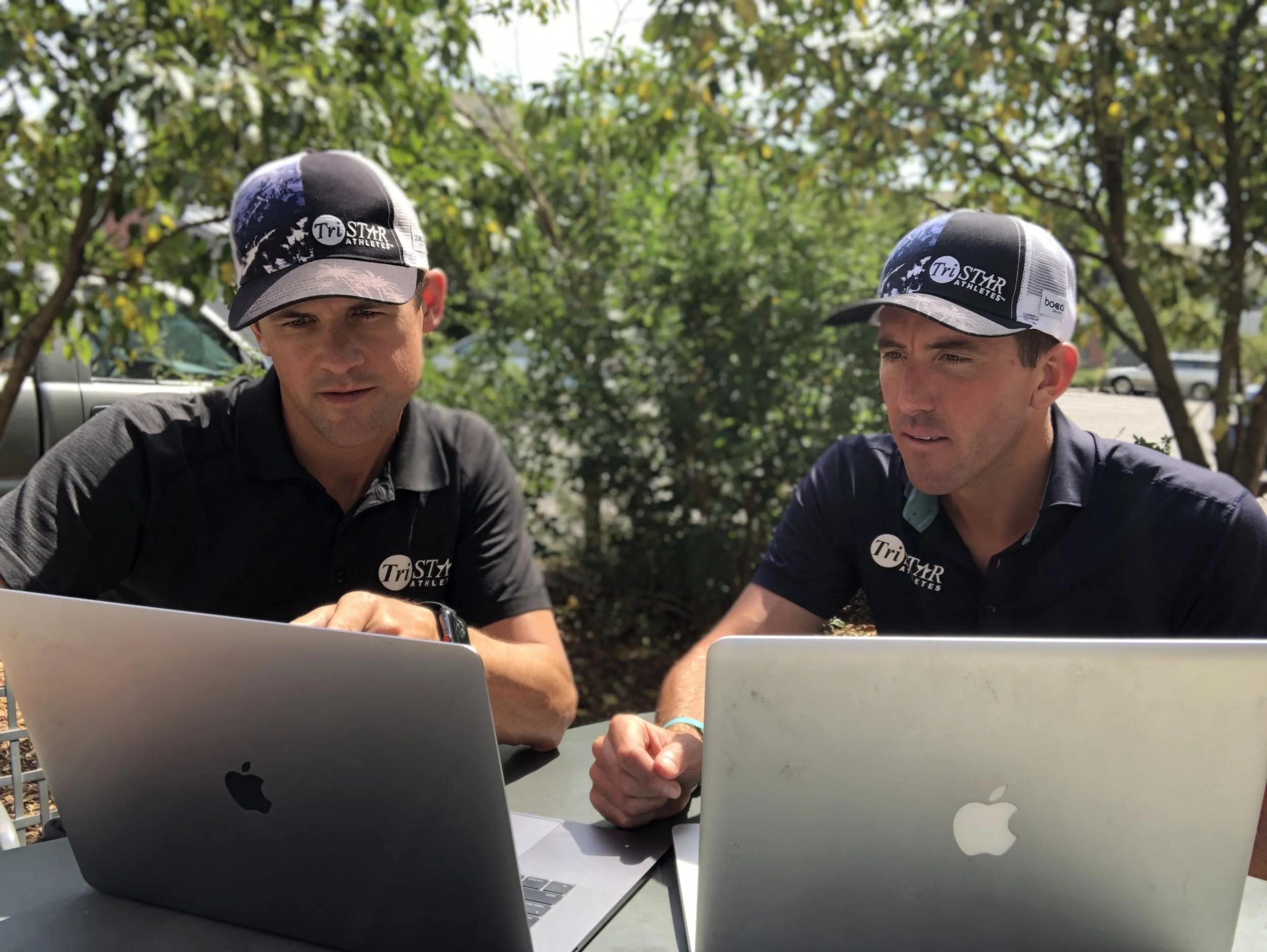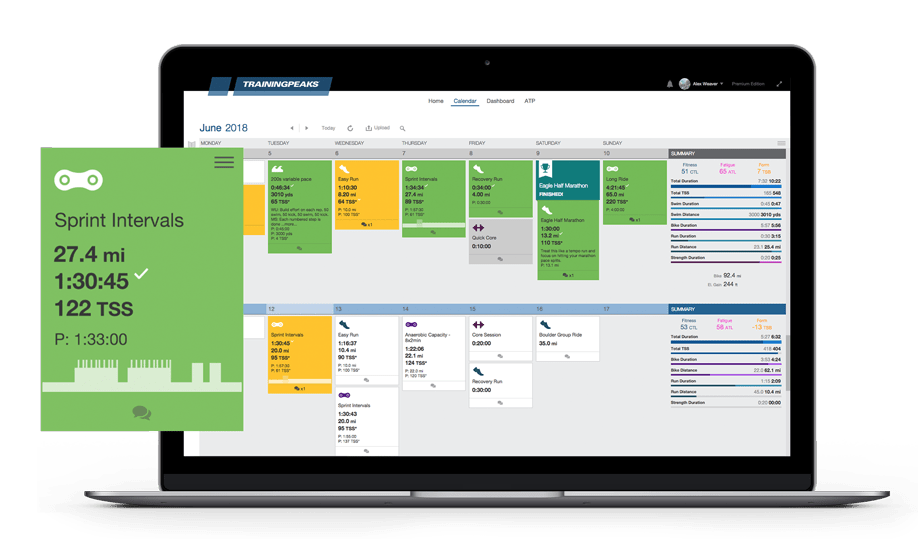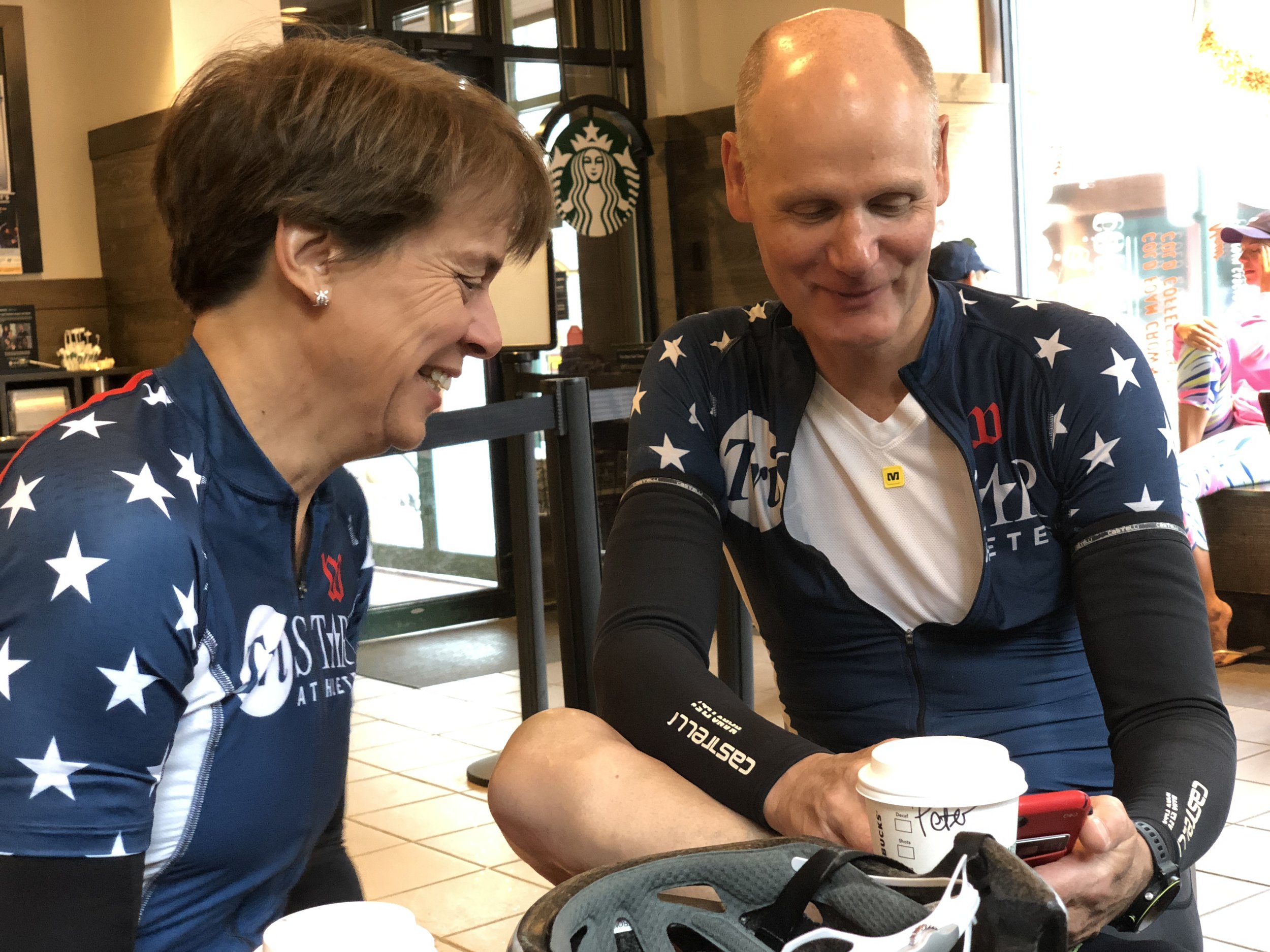Open water swimming often times requires our athletes to be ready for cold water conditions. In this coaches corner we give you the top ways to stay warm either for a race or training open water swim.
★★★ Mentorship Team live call: Top 5 swim mistakes and drills to correct them
Learn about the top five swim mechanical errors and how to improve them with these drills.
★★★Training Swing Days Ω
✍ Training swing Ω day - Training swing days allow you to move your schedule around a missed session to another day. When you see this day in the calendar it means it is the best day to add or shift a missed session as follows;
-Should only be a Swim, Bike or Strength Session and not run. Runs are too risky to cause an injury when being moved.
-If you would like to adjust the schedule for a run, move it on the calendar and ask your coaches blessing please : )
-Swing days should not compromise the rest of the week and often times a swing day will also have another session so be mindful that you cannot truly "make up" a session.
-You may also add on an extra one hour to 90min of easy riding on your long ride provided it is done in Z2 or less and also no more than an RPE of 5! That equates to ~50-70TSS points. More than this and the schedule may need a modification.
-When all else fails... let it go. You can't make up a session and there lots of sessions ahead that are important. Move forward and upwards!
Training Peaks Metrics to know how you performed during a session ✔︎
Training Peaks, Athlete Resources, Coach Cliff Scherb
★★★Efficiency Factor - signs your aerobic capacity are improving.
We have known for decades that if heart rate during an all-aerobic (below lactate/anaerobic threshold) workout rises while the intensity (power or pace) stays the same then the athlete is not operating efficiently and his or her aerobic endurance is questionable. The same is true if heart rate stays the same and power decreases or the pace slows.
★★★ Variability Index of outputs for Swim - Bike - Run
Variability Index is a way to measure how smooth or “variable” your power output was during the ride. It is calculated by dividing your Normalized Power by your Average Power. A steady and even output, like during a triathlon, should have a VI of 1.05 or less. During a criterium race your VI may be as high as 1.2 or more. Learn more about this key metric…
CTL, Coach Cliff Scherb, Season Planning, PMC
"How I got faster" Two years using the PMC - An interview with Peter Ekvall
Holding Best form during your swim time trials
Training Peaks, Athlete Resources
★★★How to update your Tristar coaches with your races and training schedule in training peaks
Half Ironman, TSS, Coach Cliff Scherb, Pacing
★★★ Planning your best off the bike in a 70.3
Indoor smart trainer app: Hurtsergo - take your cycling workouts from training peaks to the next level
Training Peaks, Specificity, Coach Cliff Scherb
★★★How to know you are "hitting your key sessions" with intensity factor
★★★ Understanding Training Stress Balance ranges - "how tired should I be and when?"
zones, Training Peaks, Coach Cliff Scherb
★★★How to adjust your bike threshold power (FTP) without doing testing
CTL, Training Peaks, Ⓐ, Ⓑ, Ⓒ, Training Hours
★★★Continuous Training Load (CTL) and Average Hours of Training Per week to achieve
★★★Half Ironman TriStar Athletes - TSS projections based on intended bike split
This chart allows you to determine the total training stress and intensity needed for your upcoming half ironman race. The higher your FTP, the faster you split and therefore higher your target intensity factor should be. You should start with the estimated bike split first, then review your hardest rides to make sure you have done rides of this training stress (TSS) and then look to find the corresponding intensity factor or (.IF).
Video data review - understanding the TSS pace chart in context with a race output - Tristar Athletes Peter Ekvall's data reviewed at the Maine 70.3
★★★Sick and in the thick!
TSS, Training Stress Score, zones
★★★Table Estimating TSS from RPE, Heart Rate, Power or Pace
Ironman, Ⓑ, Ironman Mont Tremblant
